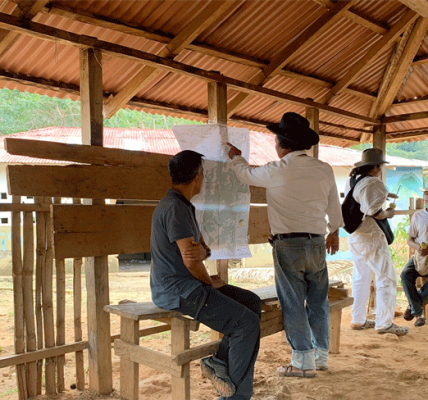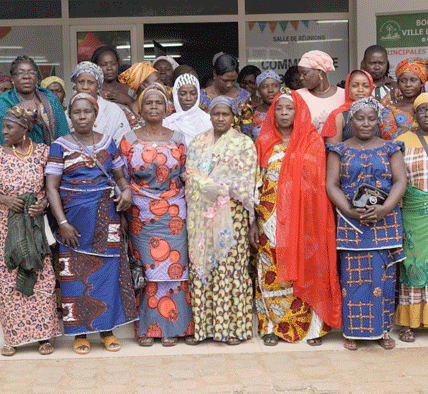Latin America has enormous potential for renewable energy generation due to its rich natural resources. Countries like Brazil, Mexico, and Chile are leading with significant investments in solar, wind, and hydroelectric energy. For example, Brazil obtains 80% of its electricity from renewable sources, while Mexico has surpassed 25 GW in solar and wind capacity.
However, the region faces significant challenges. Dependence on fossil fuels remains high, such as in Argentina, where 44% of energy comes from these sources. Additionally, energy infrastructure is deficient in rural areas, and economic volatility, along with a lack of coherent policies, hinders investment in clean energy.
Despite these challenges, some countries have made significant progress in decarbonization. Chile and Uruguay are notable examples, with ambitious policies to reduce carbon emissions and a high proportion of renewable energy in their energy mix. Regional cooperation and public-private partnerships, such as the Integrated Electricity Market (MIEE) and the Sustainable Energy Fund for Latin America and the Caribbean (FESALC), are essential to support these efforts.
The energy transition in Latin America is not only crucial for mitigating climate change but also has the potential to generate thousands of jobs and improve the quality of life in rural communities. In his latest column in NTN24, Alexis Leroy, CEO & Founder of ALLCOT, highlights that with adequate investment and clear policies, the region can lead the way towards a sustainable and resilient energy future.






